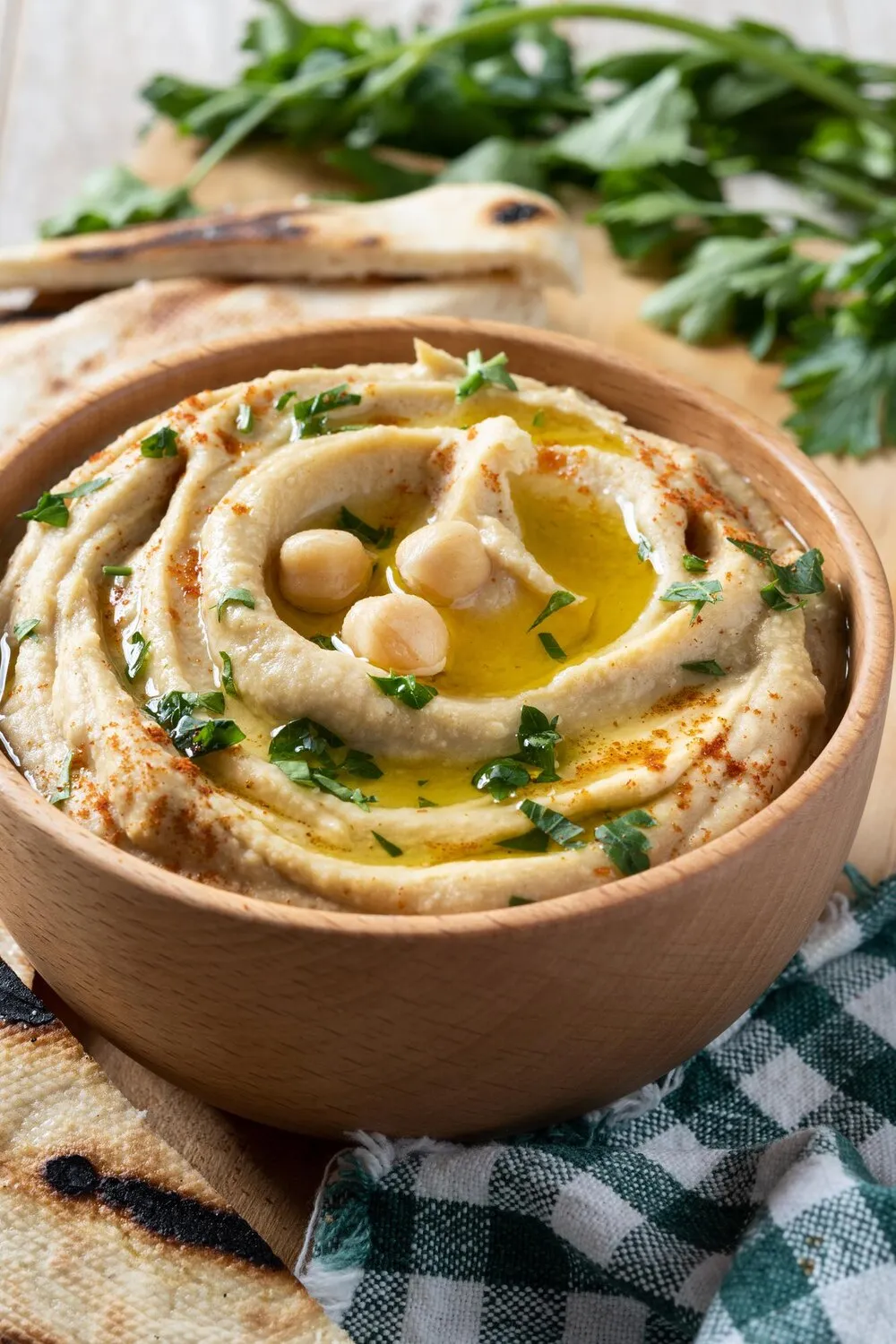
Shawarma
Thinly sliced meat, marinated and cooked on a rotating spit, typically served in pita bread with toppings.
Nutrition Facts
* The % Daily Value (DV) tells you how much a nutrient in a serving of food contributes to a daily diet. 2,000 calories a day is used for general nutrition advice.
Shawarma's origins can be traced back to the Ottoman Empire, likely Bursa, Turkey, in the 18th century. It is believed to be derived from the Turkish 'döner kebabı' (rotating kebab), which also involves roasting meat on a vertical spit. The technique of slow-cooking meat on a rotating spit likely evolved from earlier cooking methods where meat was roasted horizontally. Shawarma then spread throughout the Middle East and beyond as the Ottoman Empire expanded and trade routes developed.
Shawarma is deeply ingrained in Middle Eastern culture, serving as a popular street food and a common dish in restaurants. It's often enjoyed as a quick and satisfying meal, representing a culinary tradition of flavorful and accessible cuisine.
Social Gathering Food
Shawarma is frequently enjoyed at casual gatherings, family meals, and celebrations. Its shareable nature and delicious taste make it a great choice for groups.
Street Food Staple
Shawarma is a quintessential street food in many Middle Eastern countries and worldwide. The sight of the rotating meat and the aroma of spices are iconic.
Regional Variations
Different regions have their own variations of shawarma, with unique marinades, sauces, and toppings reflecting local tastes and ingredients. For example, in some regions, amba (pickled mango sauce) is used.
Shawarma boasts a complex and savory flavor profile, primarily driven by the marinated meat and the diverse array of toppings and sauces it's served with. Warm spices, tangy sauces, and fresh vegetables create a harmonious blend.
The dominant flavor comes from the marinated meat, which is typically chicken, lamb, or beef. The marinade usually includes spices like cumin, coriander, turmeric, paprika, garlic, cardamom, cinnamon, and sometimes a touch of chili for a subtle heat. The roasting process on the vertical spit caramelizes the outer layers of the meat, creating a crispy texture and intensified flavor. Common toppings include tahini sauce (sesame seed paste), hummus (chickpea dip), garlic sauce (toum), pickled vegetables (like turnips and cucumbers), tomatoes, onions, parsley, and sometimes lettuce. These toppings contribute a refreshing acidity, creamy texture, and aromatic herbal notes that complement the richness of the meat.
Marinate Thoroughly
Marinating the meat for at least 4 hours, or preferably overnight, allows the flavors to fully penetrate and tenderize the meat.
Simulate Vertical Roasting
While a vertical spit is ideal, you can approximate the effect by stacking thin slices of marinated meat on a skewer and roasting it in the oven or grilling it over medium heat. Rotate the skewer frequently to ensure even cooking.
Rest the Meat
After cooking, let the meat rest for a few minutes before slicing it thinly. This allows the juices to redistribute, resulting in more tender and flavorful shawarma.
Warm the Pita
Lightly warming the pita bread before assembling the shawarma makes it more pliable and enhances the overall texture.
Layer the Flavors
When assembling the shawarma, layer the ingredients strategically to ensure a balance of flavors and textures in every bite. Start with a sauce base, add the meat, then top with vegetables and other desired toppings.
Explore additional Middle Eastern dishes and restaurants
Explore Middle EasternDiscover top dining spots and culinary experiences in Delft.
Explore DelftLearn more about the food culture, restaurant scene, and culinary heritage of Netherlands.
Explore Netherlands